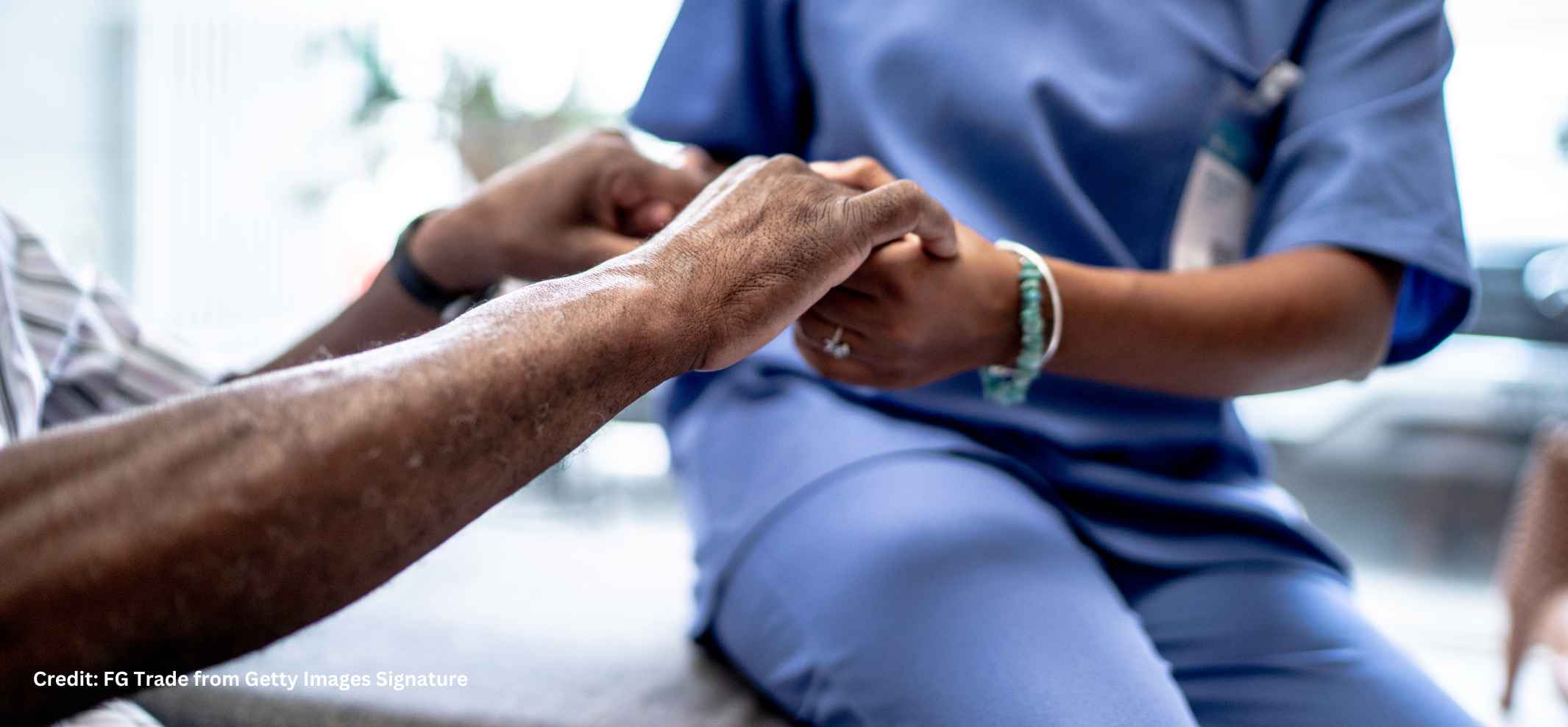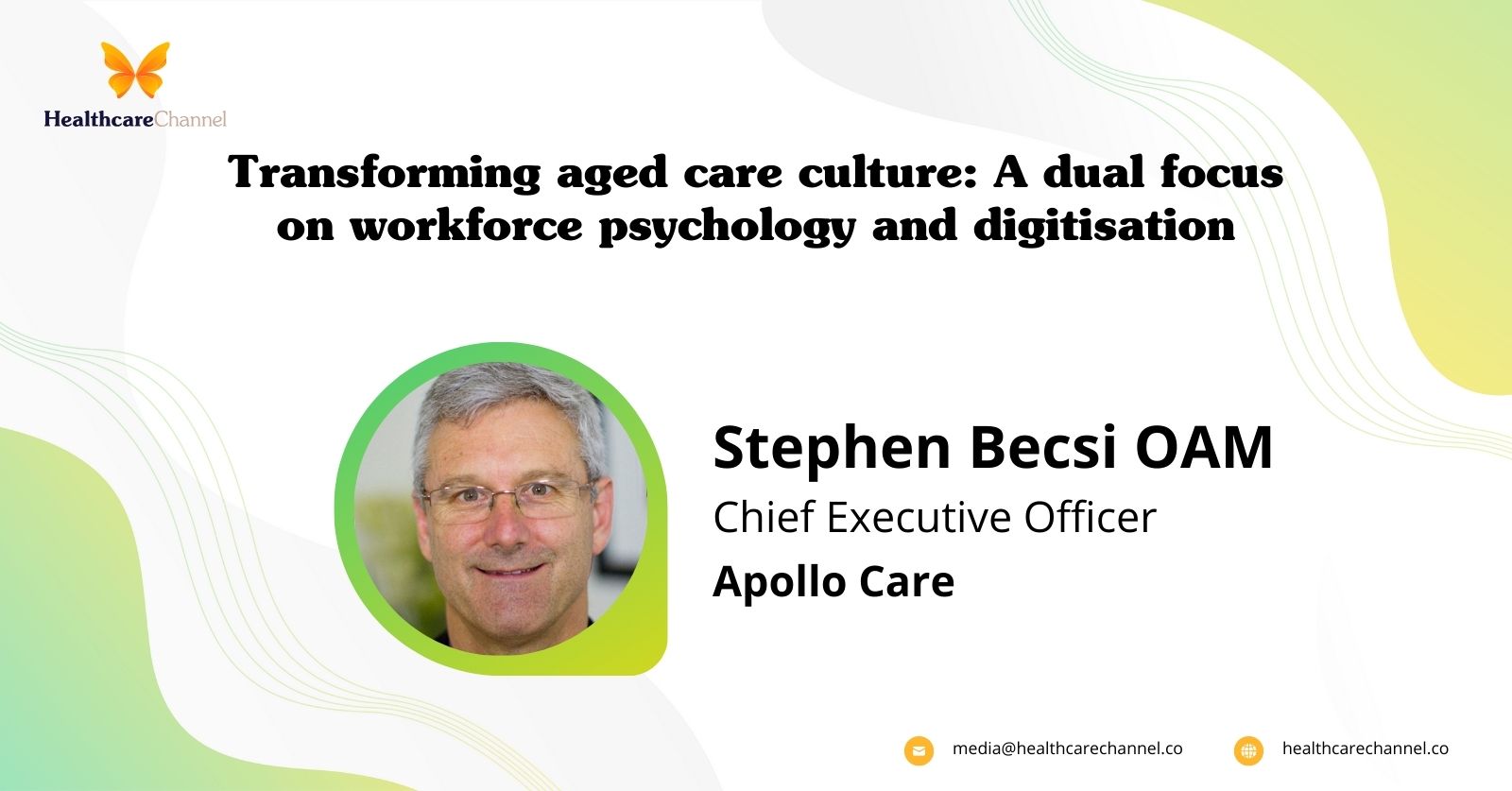Resulting from the approval of Australia’s National Digital Health Strategy spanning 2018-2022, the healthcare sector now has an order for movement to digital platforms.
Hospitals around Australia are introducing a number of innovative initiatives in line with the agenda which attempts to “put the consumer at the centre of their health care and provides choice, control and transparency” according to health ministers.
Here are some of the most exciting projects of the year:
- St Vincent’s Melbourne experiment of automation in microbiology lab
St Vincent’s Hospital is the first pathology lab in the world to experiment fresh technology to automate the analysis of microbiology lab samples. The machine will increase the effectiveness of microbiology labs and allow a faster diagnosis and better reporting on infectious diseases.
- Metro North Hospital and Health Service switch to online cloud programs
Queensland’s main public hospital and health service will transfer to the Nutanix Enterprise Cloud Platform with the objective of enhancing patient care and the flexibility of delivering clinical information systems. According to Nutanix, “the platform is supporting around four times its previous workload and with additional capacity to spare.”
- The country’s most advanced digital hospital is now open
The $2.3 billion Royal Adelaide Hospital opened its doors in September showcasing an array of digital equipment one would only anticipate to see in the hospital of the future. Electronic tags keep track of equipment and patients, wireless patient nurse call system for better responses, electronic bedside devices to assist staff and distributed medical imaging and self-service electronic booths are just a few of the technology on hand at the hospital, according to CIO.com.au.
- AI which will alert citizens at risk
Clinicians and IT experts in South Australia have begun progress of cloud-based AI which examines health data and alerts you when it finds anything of worry. Country Health SA’s Integrated Cardiovascular Clinical Network is leading advancement of the platform which brings together clinical data and conducts programmed health assessments.
- Lithgow hospital starts using out new x-ray technology
In an Australian first, the new x-ray technology will produce clearer images at a faster rate than ever before. Worth $700,000, the new machine exposes patients to considerably reduced levels of radiation and the images are often ready before the patient has stepped foot out of the x-ray room.
Written by: Claire Dowler





















